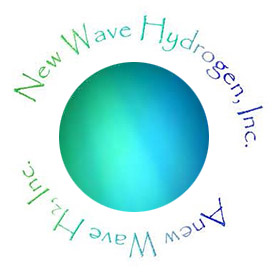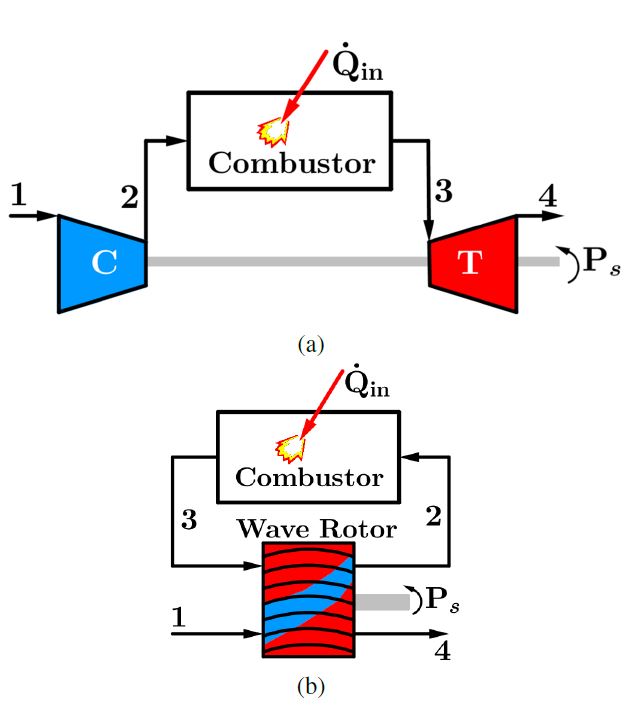Over the past years, a growing demand for robotic and autonomous systems in both the civilian and defence market has developed. Applications range from unmanned aircraft systems to autonomous marine robots and mobile power packs used in the military [1]. These devices need to be compact and require energy dense power sources in order to operate continuously for several hours or days. At present, battery systems fail to meet these requirements due to their low energy density and the large volume required for installation [2]. Gas turbines on the other hand excel at high specific energy and power density [3]. Moreover, they are a well established technology, compact in size, reliable and can accommodate various types of fuels [4]. However, the performance of gas turbines is significantly affected by downsizing. In particular, downscaling a given design to match a certain set of requirements for lower power output entails substantial performance penalties pertaining to efficiency, design and operation. To maintain similar enthalpy levels and pressure changes it is necessary to run at considerably larger rotational speeds to the detriment of reliability. Heat transfer between hot and cold parts becomes more pronounced the smaller the unit size [5]. Also, tip leakage losses increase along with frictional losses due to larger relative surface roughness. All these factors combined contribute to a decline in both component efficiencies and thermal efficiency [6]–[8].

